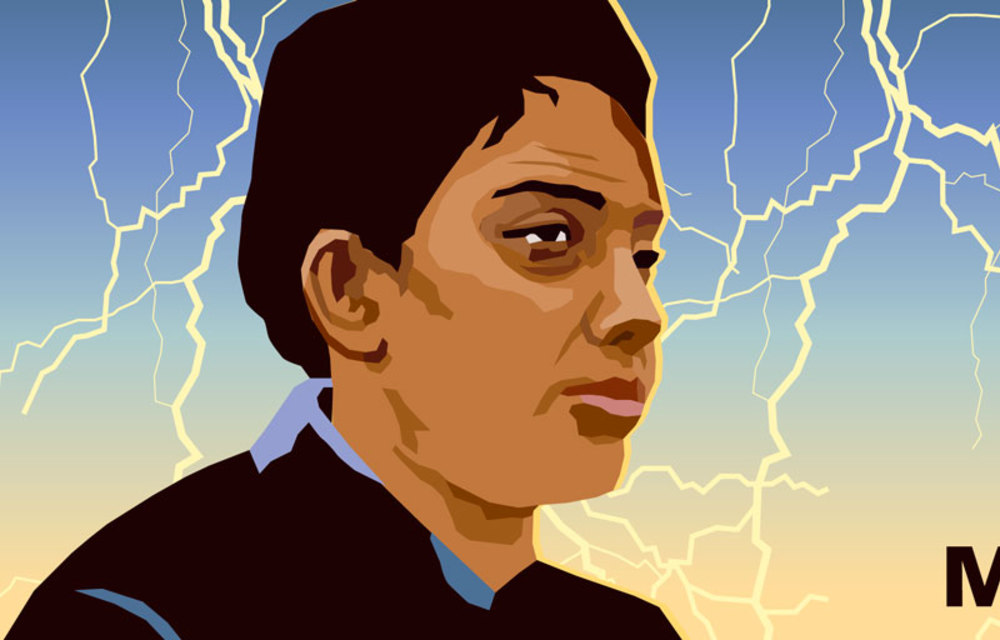In a time of global decline in identity-forming structures such as geographical boundaries, culture, tradition, religion and even family, anxieties tend to increase. The decline of shared cultural meaning that results from advanced capitalism’s shifts in economic modes of production and consumption are well documented in postmodern theory.
As boundaries break down so genres are merged, distinctions between high and low art disappear, styles are combined and in cultural production anything goes. Ironically, with the freedom of new opportunities presented by the breakdown of boundaries, so anxiety increases. Writers such as Dostoevsky and Kierkegaard in the mid-1800s and a century later psychoanalyst Erich Fromm posited freedom as a root of human anxiety, one from which we try to escape.
The state of the “new normal” presented in 2020 by the coronavirus, which includes an increased tendency to work from home, spending overall more time alone or with fewer people, and ultimately less social interaction across the board – whether it be in the workplace, gyms, sports, arts and other shared interest groups, or business networking and social events – has served to break down those structures even further. Routine and boundaries are dwindling ever more and shared connection opportunities increasingly diminished.
There’s a forced reflexivity that happens, because ultimately this can present even greater freedom (of how one spends one’s time or structures one’s day) — but the flip side to this again may be increased personal anxiety. People don’t always like to be forced to think consciously about how to spend one’s day or live one’s life.
One needs to establish one’s own form of boundaries and structures, even ritual, in order to avoid feelings of detachment and disconnection from time or place or people (in what the New York Times aptly called the year of blur). In the personal sphere, this may mean a tendency towards self-discipline in individual practices such as yoga, exercise or meditation; creative outlets may be sought; online connection on social media with like-minded thinkers (often inadvertently perpetuating our own echo chambers); and increased escapism through media (arts, gaming and entertainment, among others).
One specific result of this is the need for higher meaning or some kind of authority figure in a paranoid search for leadership (to replace God, who is dead; the parent, who may be distant geographically or ideologically via the generation gap, or also dead; or the national or cultural leader figure, who in many cases has become untrustworthy) combined with the fundamentalist ideas that tend to evolve in echo chambers.
These two phenomena come together perfectly in the stranger-than-fiction conspiracy theory of QAnon. QAnon, which is being called “far-right”, fills the gap for a leader (albeit a sort of Wizard of Oz character who is not traceable in physical form. Or is it a kind of Matrix endeavour to find The One? That has also been seen as an allusion to Jesus Christ). It also crucially extrapolates the kind of narrative that humans crave, the type that joins dots and forms connection between various cultural elements or memes (in this case, JFK, the Clintons, Pizzagate and the so-called paedophile racket, Trump, Hollywood, protest movements such as #metoo, call-out culture and gender liberation) thus filling a massive cosmic void that was once held by religion or localised cultural belief systems. Man’s search for meaning…
You couldn’t make this stuff up if you tried – and yet surely it has been “written”, not by an individual novelist or auteur but in the manner of a modern-day TV series with a team of staff writers who rarely form a consistent or coherent single entity. The brain behind this narrative has been outsourced to the humans of the Internet.
The cult of the guru performs much the same function; although perhaps in 2020 it makes sense that the guru has become disembodied by the internet.
We watched one such narrative unfold in Netflix’s documentary series Wild Wild Country, exposing the far-left movement that followed cult leader and controversial Indian guru Bhagwan Shree Rajneesh to a small town in Oregon.
I’ll leave out spoilers, but in essence mass gatherings in modern times have served to solicit a sense of unity previously filled by religious and cultural identity: whether it was in the music festival Meccas of the free-love, hippie generation to the more extremist knock-on New Age spiritual cults of the late sixties through to the early eighties; or in the form of the raves of the nineties or the trance parties of the 2000s; to recent years in the wellbeing and mindfulness organisations like the Art of Living, which is, some have said, cult-like in its dogma and obsessive following. The cult of enlightenment…
“I sell contentment, I sell enlightenment,” Bhagwan Rajneesh said in an interview, both he and his partner-in-organised-spirituality Sheela openly complicit in the con empire they created at the expense of those followers desperate to find meaning and connection in an age of historical and cultural loss.
Now, in an age of QAnon, perhaps people are searching for some kind of secular salvation, albeit with a god-like, invisible ringleader; something that is more human than the ruling material forces of “the system”, such as the market economy, and more tangible than an invisible pandemic that has pillaged the globe with aspects of seeming randomness in its brutality.
What are the alternatives? I’d suggest a kind of creative psychological quest. This could take the form of fictional storytelling like novel writing or film. Similarly, could this form of story be fulfilled in one’s work as a designer or creative practitioner?
Just as a response to a reality that oscillates between hard-to-believe and hard-to-bear can manifest as surrealism in art or design, and magical realism in literature, as a means to pose a better or different alternative to the real world of the time, so we could argue for an increased tendency towards story in other cultural forms. We could see story in designed objects, from furniture to fashion to food. I would say we are in fact seeing this.
The design of the last century focussed on principles of rationality and reason. Are we now seeing a move towards objects as emotional depositories? Are objects becoming a space in which to manifest story and narrative and meaning?
And so, perhaps, the source of our secular salvation is our creativity – better, I would suggest, channeled into art and design than conspiracy theory.




